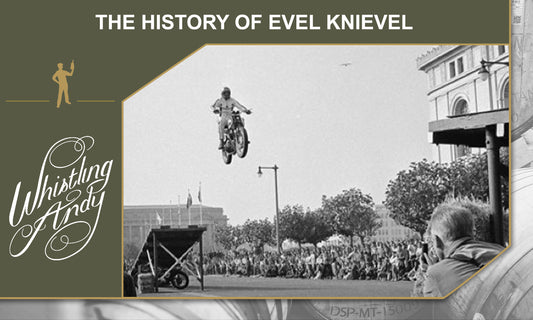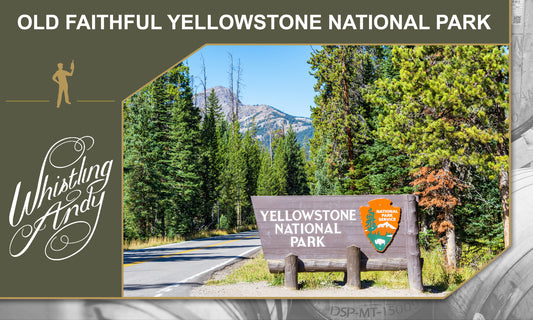Spirited Connection: Women and Whiskey Through History
A pour of golden whiskey is much more than a mere libation; it's a testament to history, heritage, and the boundless human spirit. In the long and rich chronicles of whiskey, one story often left untold is the influence and role of women. Women have been pivotal in shaping whiskey's legacy and taste. Let’s have a look at the history of women and whiskey and appreciate the timeless love affair they share.

Early History of Women and Whiskey
Contrary to popular belief, women have played a significant role in the history of whiskey from its earliest beginnings. Their involvement even predates the distilling industry itself. For centuries throughout various cultures, women were often responsible for brewing beer, the preferred beverage at a time when water was not always safe to drink, and distilling spirits which were often used for medicinal purposes. In the British Isles these women became known as “alewives”, producing alcoholic beverages at home, including distilled spirits. In fact, the stereotypical image of witches is believed to have been inspired by these alewives as they often wore tall hats to be visible in a crowd and hung broomsticks outside their homes where they sold their brews. The tradition of women brewing and distilling spirits continued into the American colonial period with women being primarily responsible for home distillation.

One remarkable woman who became synonymous with spirits at the beginning of America’s industrial era was Lydia Estes Pinkham, a savvy businesswoman who marketed her "Vegetable Compound" — an herbal medicinal tonic with a generous amount of alcohol. From humble beginnings in her kitchen, her tonic grossed more than $300,000 annually at its height and made her a household name. Notably, much of the alcohol used in these tonics was distilled from grain, essentially making them primitive forms of whiskey. Despite societal constraints, women have played an undeniable role in the history of whiskey.

Women and Whiskey During the Prohibition
The Prohibition era, a time when America went 'dry', actually catalyzed the dynamic relationship between women and whiskey. Some women, known as flappers, defied societal norms and savored their whiskey openly in speakeasies. These rebellious, independent women became symbols of the roaring twenties, their lives intertwined with the culture of whiskey.
Behind the scenes, women also played significant roles during Prohibition, often acting as bootleggers. Gertrude "Cleo" Lythgoe, nicknamed the "Queen of the Bootleggers," exported whiskey from her warehouse in the Bahamas through international waters around the U.S. She skillfully navigated both the murky realms of the whiskey black market and the sea, keeping the spirit alive during its darkest hours.

Women and Whiskey Today
Today, women play a more prominent role than ever in the whiskey industry. They are master distillers, blenders, tasters, and leaders. Figures like Joy Spence, the world's first female master blender, and Becky Harris, the president of the American Craft Spirits Association, have broken the 'glass ceiling', proving that whiskey is not a just man's world anymore.
More women are also enjoying whiskey. The long-standing stereotype that whiskey is a 'man's drink' is rapidly disappearing with women accounting for nearly 30% of whiskey consumers in the U.S, a percentage that's steadily climbing. With tasting groups, clubs, and events targeted at women, the whiskey industry has acknowledged and celebrated this shift.
So, the next time you’re enjoying some fine whiskey, don’t forget to raise a glass to the countless women who have played a role in shaping the drink we know and love today.





